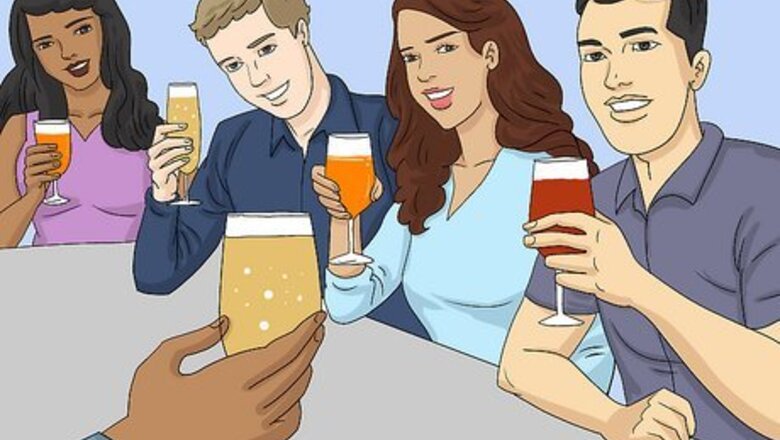
views
Setting the Stage

Ensure others are prepared for the toast. Toasting is a group activity, so be sure that everyone's wine glasses are filled, they are paying attention, and whomever is being toasted is present.
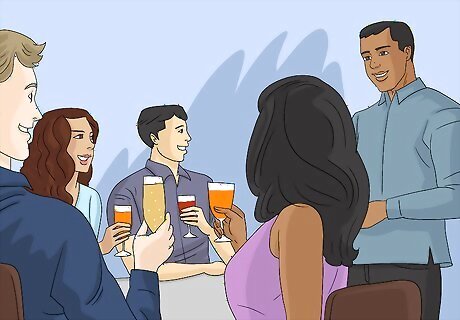
Stand up, if toasting in front of a large group. Standing guarantees everyone can see you, and it helps your voice carry to the crowd. In smaller settings such as a single table, standing is optional.
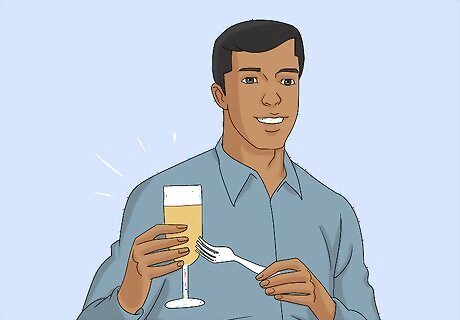
Call attention to the fact you intend to raise a toast. Often, this is done by saying, "I would like to propose a toast to..." Clinking cutlery against the side of the wine glass also grabs attention and sets the mood. Wait for your associates, dining partners or event attendees to recognize your intentions and to lift their glasses from the table if they are not already holding them.
Choosing Your Words

Be personable. You might mention how you know the woman you are toasting or what she means to you. Don't be overly formal.

Use her name. It's best to mention her name at both the beginning and end of the toast, especially in longer toasts. It is fine to use her first name only, unless you are toasting at a formal business event.
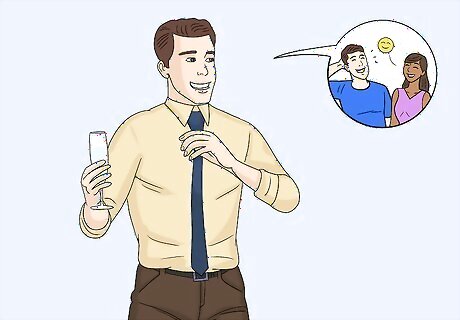
Offer a personal memory about the honored guest. This can be done with a small anecdote or inside comment. Make sure, however, that the story is clear to those who weren't there.
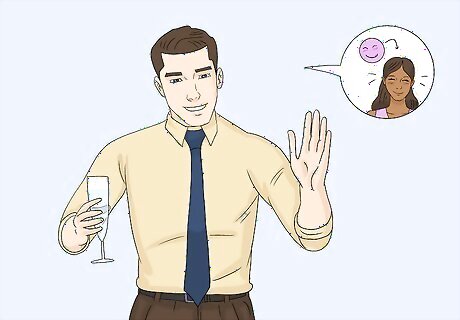
Insert comic relief with a light ribbing. Make sure you avoid any potentially hurtful comments such as embarrassing anecdotes or nicknames. You don't want to have fun at the honoree's expense. Don't share any personal details or stories that she specifically requests you not to mention.

Address the occasion. Wish the honoree well in whatever endeavor you are celebrating. Be sincere in your wishes. End with a nod of support or celebration.
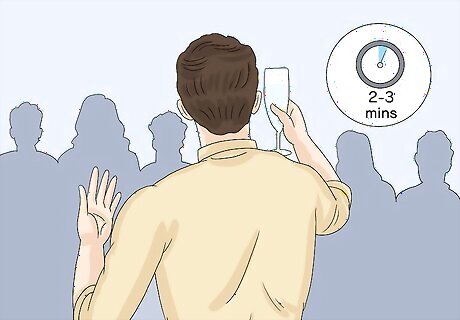
Keep it short. A toast at a large event should be no more than 2 or 3 minutes. A toast in front of a small group might last less than a minute.
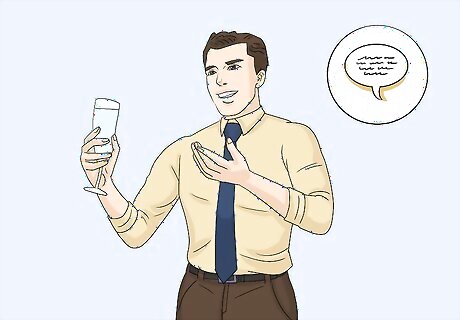
Follow a standard toast pattern, if you can't decide what to say. A sample toast, for example, might begin with, "I remember the first time I met Karen," followed by a short story of your first meeting and a joke about your initial impression of her. Then, you might finish by saying, "I now want to thank Karen for the past three years and her promise to be my wife. Here's to Karen." Those who are very uncertain about word choice might even consult a book or website that offers sample toasts.
Presenting the Toast

Do not read from a note card or other prompt. The toast should never be too long that you can't memorize it. Keep your tone natural and easy. If you aren't good at speaking off the cuff, start planning and learning your toast a couple of weeks in advance.
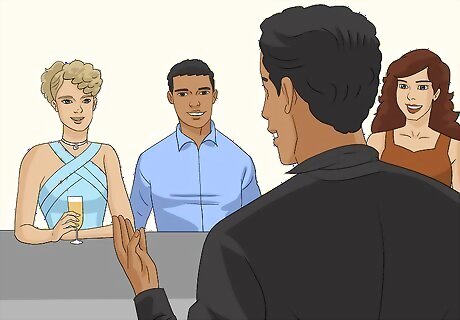
Maintain eye contact. While you should always begin and end the toast making eye contact with the woman you are toasting, you should look across the rest of the audience throughout the toast.
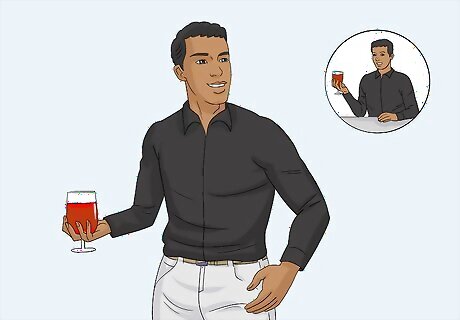
Hold your glass at waist height, if standing. If you are sitting, hold it at shoulder level. Make sure you don't widely gesture with the glass to avoid sloshing or spilling your drink.

Raise your glass at the end of the toast. Hold it at eye level and in the direction of the woman you are toasting. In a small group you can offer your glass forward, inviting others to touch the rims of their glasses to yours in a show of accord and agreement with what you have stated.

Take a sip of wine. As the speaker, you may be the first person to drink, and the rest of your group will follow. Take only one drink in merriment. Definitely don't guzzle.
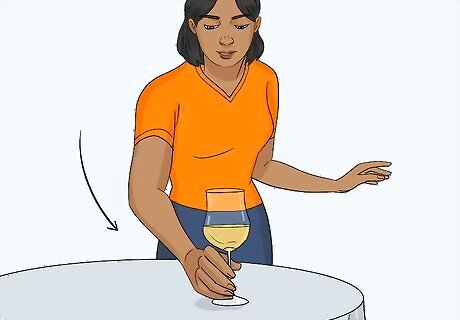
Set your glass down after the toast. Doing so will signal that everyone can relax and continue what they were doing.




















Comments
0 comment